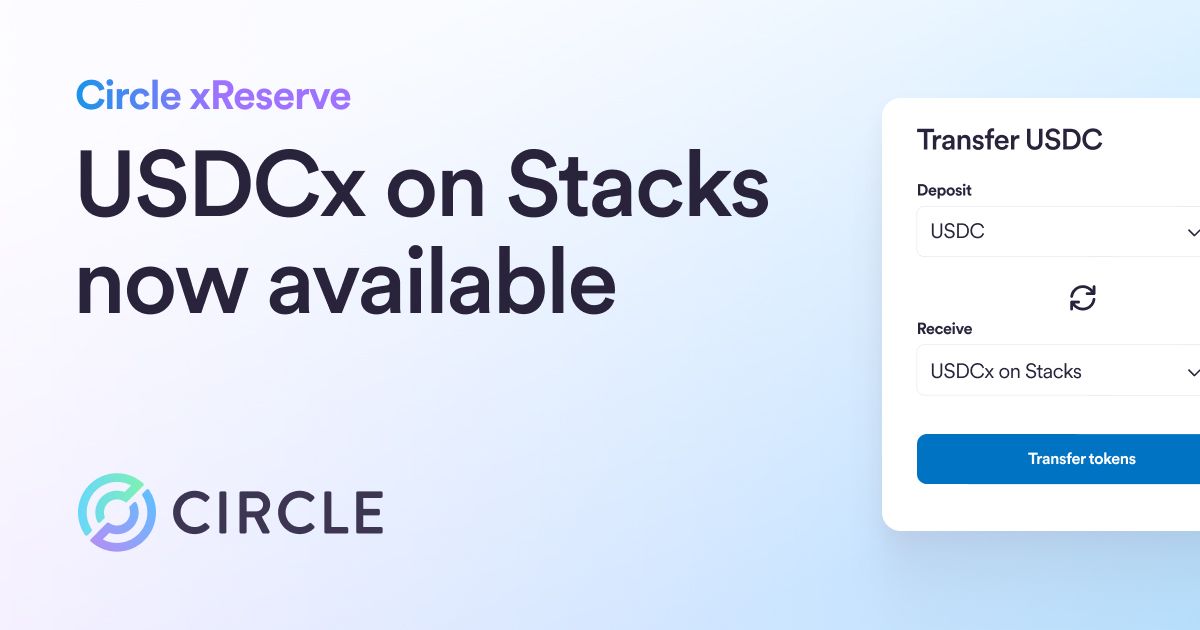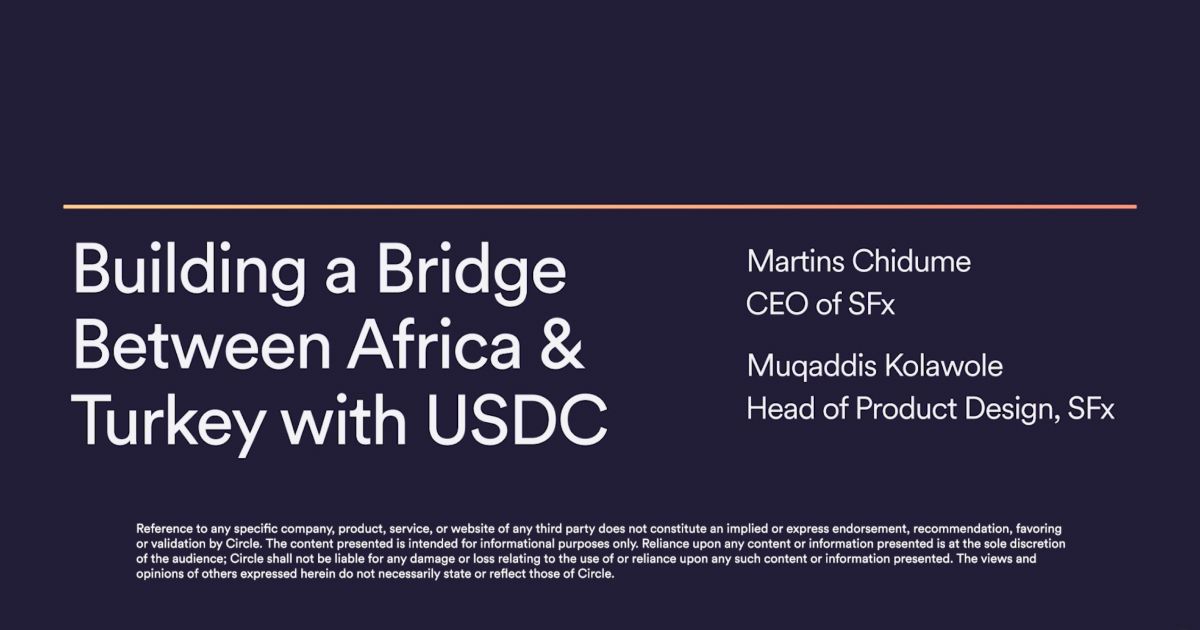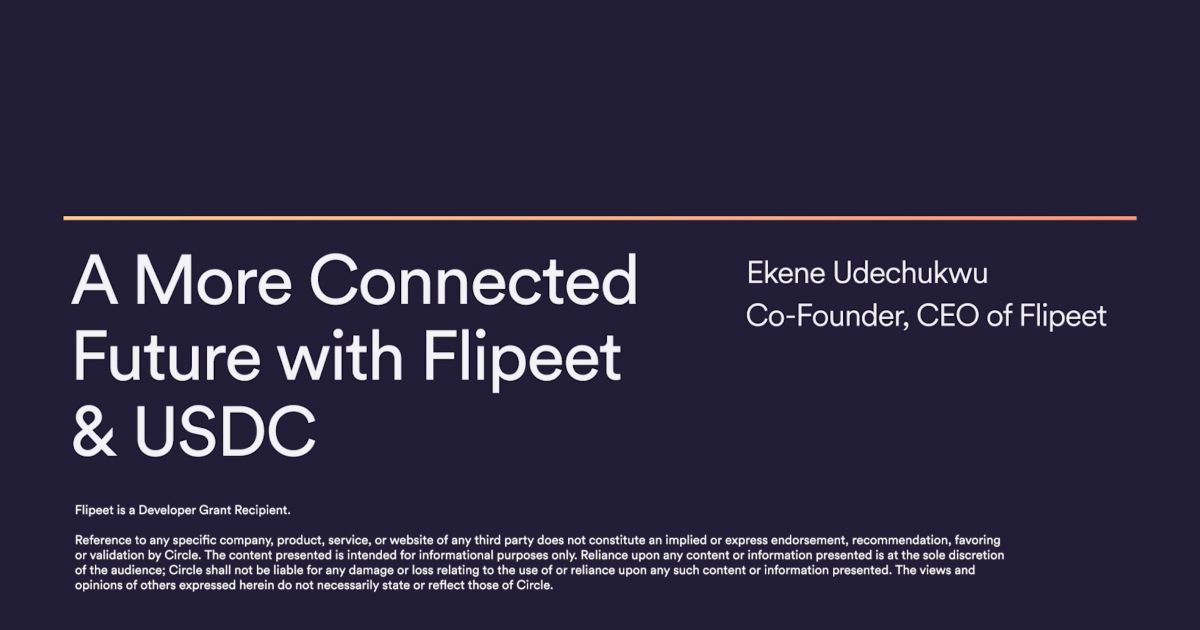MoneyGram and Stellar have joined forces to bring USDC denominated cross-border payments to millions of customers around the world.

The news that MoneyGram International will enable USDC-denominated remittances on the Stellar blockchain marks a breakthrough moment for the use of digital currencies in cross-border payments. Similarly, this marks another critical milestone in how dollar digital currencies and blockchain-based financial services are building bridges between internet-native applications and real world financial use cases and transactions. None is more important for financial inclusion than peer-to-peer remittances, which cumulatively in pre-pandemic times amounted to more than $700 billion a year.
Remittances are a critical global cash flow for raising economic prosperity and are larger than foreign direct investment (FDI) and larger and more persistent than official development aid (ODA). Yet, the onset of the COVID-19 pandemic marks a double-jeopardy for remittance senders and receivers, who rely on diaspora populations around the world to send money to their family and loved ones. According to the World Bank Group, COVID-19 reduced the volume of remittances in 2020 by more than $200 billion due to a global economic slowdown.
There is also a goal outlined in the UN’s Sustainable Development Goals (SDGs) to lower global remittance costs to 3% from the stubbornly high 7% average costs - an elusive target short of leveraging uncommon coalitions, technology and building partnerships. Such a collaboration was announced today between MoneyGram International, Stellar Development Foundation and Circle to enable USDC and fiat on and off-ramps across MoneyGram’s global retail platform.

The advent of trusted dollar digital currencies like USDC, which is designed to support and promote open competition for payments is a key factor in enabling not only financial inclusion, but in building collaborative models that build network effects, growing market acceptance and utility. Many payment system innovations, including certain stablecoins that are designed on closed or proprietary systems, often resemble monetary airlines miles - they are usable, but only if you want to use a closed network. Designing USDC as an open protocol supported across multiple third generation blockchains like the Stellar blockchain is helping enable widespread adoption.
To now include viable pathways for global cash in and cash out points for USDC-denominated remittances on the MoneyGram network is an important bridge between the burgeoning digital economy and real world use cases. Creating digital currency to fiat exchange points via the MoneyGram network will not only extend the perimeter of payments, it will improve access.





